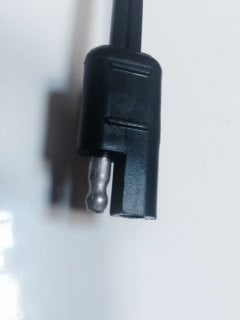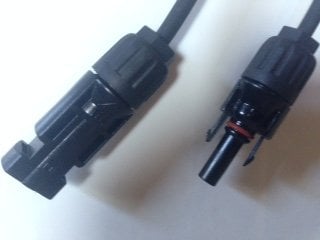I was not wanting to start a new topic as I have but one question but hunted and could not find an answer.
Soooooo
I have a portable 90 watt panel. I installed a wall mounted plug on drivers side and wired it through to the 2 glass mat batteries which are side by side + to + and - to - wired. This through the Morning star 6 controller. Has worked great for years. I just now bought a 160 watt panel I will mount to the Yakima rack channels on the roof. I installed the FWC plug in the roof today and will wire through to the battery compartment tomorrow. I bought the Morningstar 20L for this panel. I decide it was more economical to buy this and use the other 6 for the 90 watt panel then to buy bigger controller for both. So I am about to install the controller for the roof top panel in the battery box area. I will wire the new panel to the controller and then wire the controller to the first battery (which is connected to the second battery)
My concern....and so question is ....is that okay?.... Can I have one panel on one controller and the other on the new controller and both feed into my batteries which are connected + to + and - to -?
I just hate fire.... in the camper electrics.... I have an inline fuse as well on battery.
Love to know before I try it out.
And thanks
Soooooo
I have a portable 90 watt panel. I installed a wall mounted plug on drivers side and wired it through to the 2 glass mat batteries which are side by side + to + and - to - wired. This through the Morning star 6 controller. Has worked great for years. I just now bought a 160 watt panel I will mount to the Yakima rack channels on the roof. I installed the FWC plug in the roof today and will wire through to the battery compartment tomorrow. I bought the Morningstar 20L for this panel. I decide it was more economical to buy this and use the other 6 for the 90 watt panel then to buy bigger controller for both. So I am about to install the controller for the roof top panel in the battery box area. I will wire the new panel to the controller and then wire the controller to the first battery (which is connected to the second battery)
My concern....and so question is ....is that okay?.... Can I have one panel on one controller and the other on the new controller and both feed into my batteries which are connected + to + and - to -?
I just hate fire.... in the camper electrics.... I have an inline fuse as well on battery.
Love to know before I try it out.
And thanks


